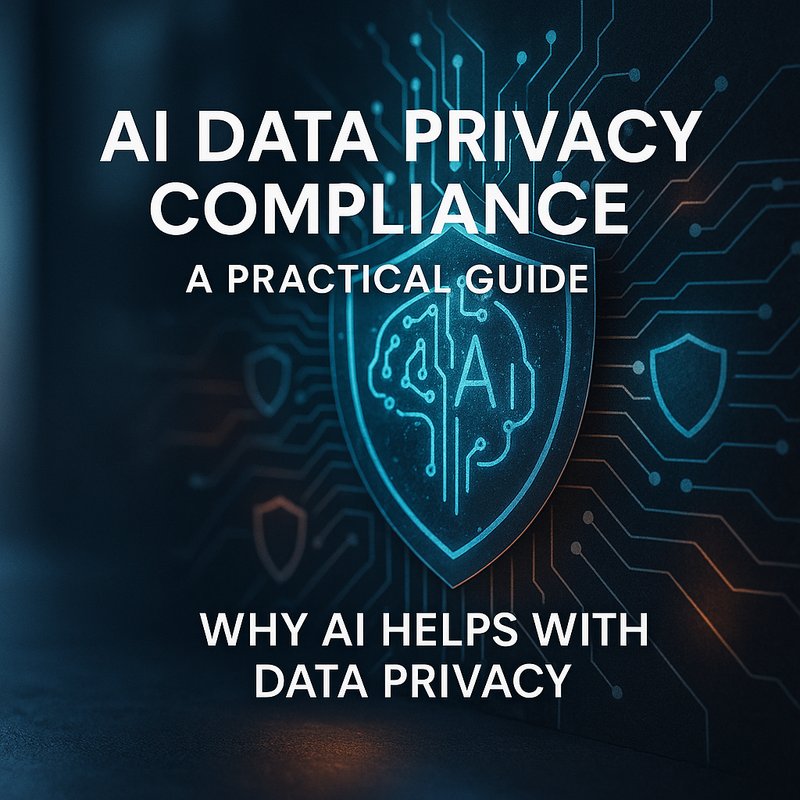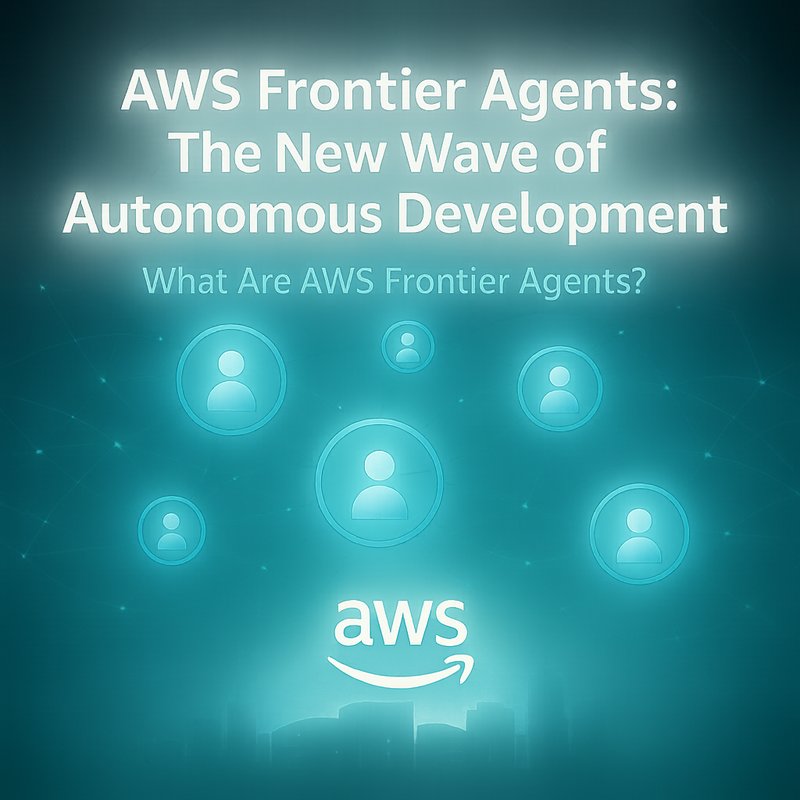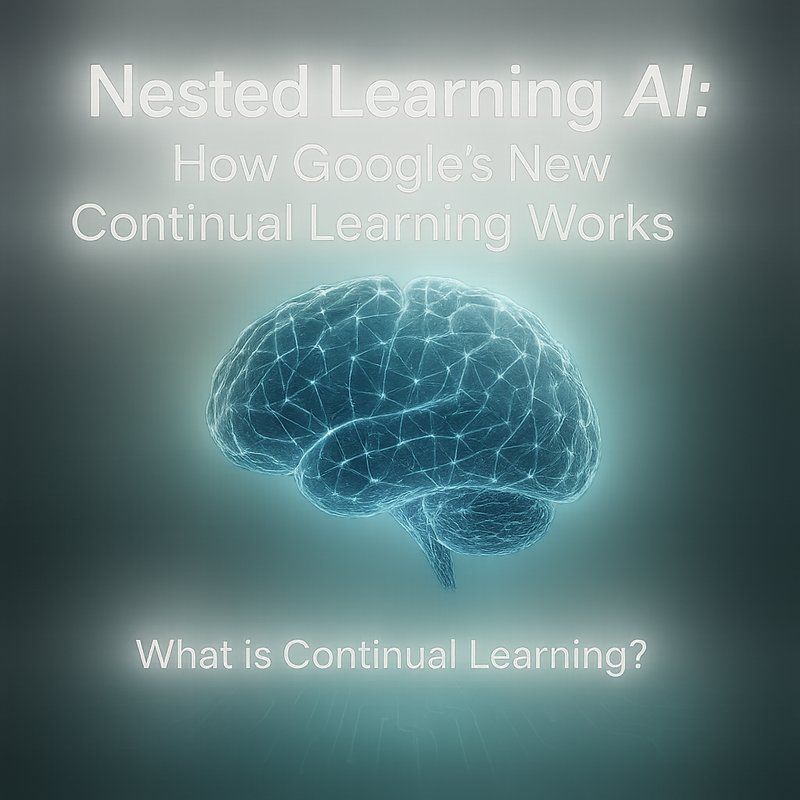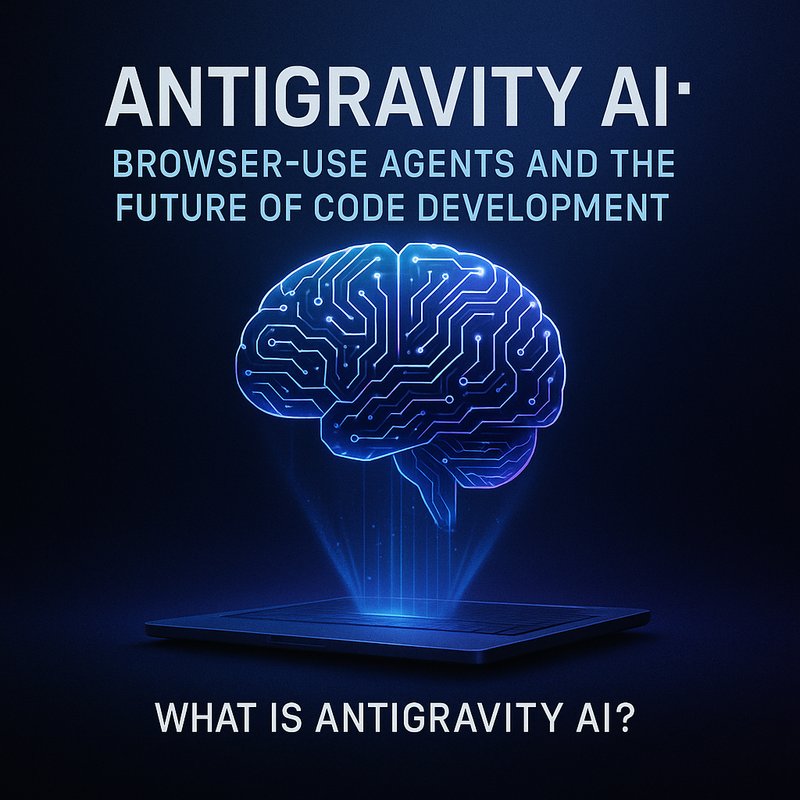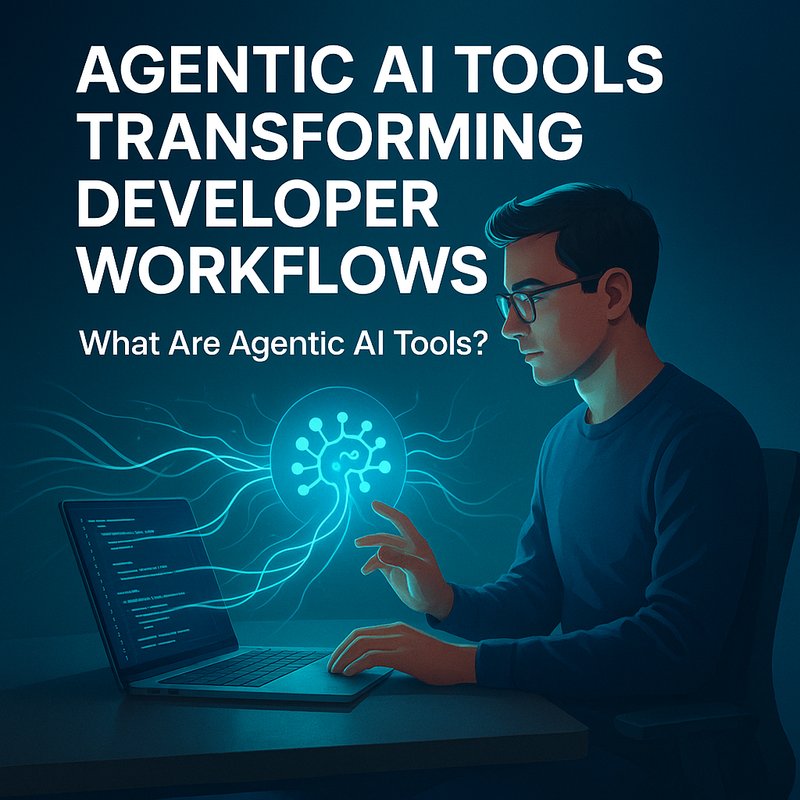When companies collect and store data, they must also protect it. Data privacy laws like GDPR, CCPA, and LGPD set strict rules on how personal information can be used, shared, and stored. The bigger the dataset, the harder it is to keep track of where a person’s data lives or how it’s being processed.
AI data privacy compliance is a new way to automate that tracking. By feeding data usage logs, file metadata, and user activity into a machine‑learning model, the system can spot potential privacy violations, classify sensitive content, and automatically trigger protective actions.
This guide will walk you through the fundamentals, tools, and best practices for building an AI‑powered privacy compliance engine.
Why AI Helps With Data Privacy
Traditional compliance teams rely on manual audits, spreadsheet reviews, and static rules. That approach struggles when data moves quickly—think micro‑services, cloud storage, or data lakes. AI data privacy compliance brings:
- Speed – A model can scan terabytes of data in seconds.
- Accuracy – It learns the patterns that actually indicate personal data, reducing false alarms.
- Scalability – The same model can work across different storage services, from S3 to HDFS to Azure Blob.
- Automation – When the system spots a privacy issue, it can automatically apply redaction, encryption, or access restrictions.
In short, AI data privacy compliance turns a labor‑intensive task into a continuous, low‑touch process.
Core Concepts of an AI Privacy Engine
| Concept | What It Does | Example |
|---|---|---|
| Data Ingestion | Pulls logs, file metadata, and user activity from cloud providers and on‑prem systems. | AWS CloudTrail, Azure Activity Logs, Hadoop YARN logs |
| Feature Extraction | Turns raw data into structured features the model can use, such as file size, user role, and content hashes. | Token count, named‑entity patterns, file age |
| Classification | Labels data as PII (personally identifiable information), PHI (protected health info), or non‑sensitive. | Email addresses, SSN patterns, medical records |
| Policy Engine | Applies privacy rules (e.g., “No PHI in public buckets”) and decides actions. | Automatic encryption, bucket lock |
| Remediation | Executes actions: redact fields, apply encryption, revoke permissions, or flag for review. | Use AWS S3 Object Lock, Azure Rights‑Management |
These layers work together to deliver real‑time compliance decisions.
Step‑by‑Step: Building an AI Data Privacy System
Below is a beginner‑friendly workflow. Feel free to swap tools for the ones you already use.
1. Define Your Privacy Objectives
Ask these questions:
- Which laws does your business need to meet? GDPR, CCPA, etc.
- Which data sources are most risky? Customer databases, logs, analytics.
- What compliance actions do you need? Encryption, redaction, access restriction.
Writing down clear goals keeps the data pipeline focused.
2. Gather and Store Raw Data
Collect logs from every source:
| Source | Typical API | Data Points |
|---|---|---|
| Cloud Storage | AWS S3, Azure Blob, GCP Storage | Object metadata, access logs |
| Databases | PostgreSQL, MySQL, MongoDB | Table schema, query logs |
| Application Logs | CloudWatch, Stackdriver | User actions, error messages |
| Identity Systems | Okta, Azure AD | Role assignments, login events |
Store raw data in a secure data lake (Amazon S3, Azure Data Lake, or GCP Cloud Storage). Make sure the lake is encrypted at rest.
3. Clean and Standardise
- Convert all timestamps to UTC.
- Remove duplicates and old entries that no longer matter.
- Mask any existing PII in logs before sharing with the model.
Clean data feeds the model accurately.
4. Build Feature Extractors
Feature engineering turns raw logs into useful inputs. Typical features include:
- Text tokens – Count of words that match email or SSN regex.
- File metadata – Size, creation date, owner.
- User behavior – Frequency of access, data volume.
Use libraries such as pandas for tabular data or spaCy for text extraction.
5. Choose and Train the Model
| Task | Model | Why It Fits |
|---|---|---|
| PII Detection | Random Forest or LightGBM | Handles mixed data, interpretable |
| PHI Detection | Convolutional Neural Network on text | Good for pattern matching |
| Anomaly Detection | Isolation Forest | Finds unexpected access patterns |
Train on labeled datasets. If you lack labeled data, start with rule‑based labels (regex) and refine with active learning.
Keyphrase note: The term AI data privacy compliance appears in the model’s output and documentation.
6. Deploy as a Real‑Time Service

Deploy the model to a serverless function (AWS Lambda, Azure Functions) or a lightweight container. Expose an API that takes a data event and returns a compliance decision.
7. Connect the Policy Engine
Map compliance rules to model outputs. Example rule:
- If the model flags an object as PHI and the bucket is not encrypted, auto‑encrypt the object.
Use a workflow orchestrator (Airflow, Prefect) to trigger remediation actions.
8. Remediate Automatically
Automate actions with APIs:
- Encryption – Call AWS S3 server‑side encryption or Azure Rights‑Management.
- Redaction – Replace sensitive fields with placeholders.
- Access Revocation – Update IAM policies or Azure RBAC.
Test each action in a staging environment before production.
9. Monitor, Log, and Iterate
Set up dashboards to track:
- Number of privacy violations detected per day.
- Time to remediation.
- False‑positive rate.
Retrain the model monthly or when new data patterns appear.
Tool Stack for AI Data Privacy Compliance
| Category | Tool | Why It Helps |
|---|---|---|
| Data Lake | Amazon S3, Azure Data Lake, GCP Storage | Durable, cost‑effective storage |
| ETL | Apache Airflow, Prefect | Orchestrates ingestion pipelines |
| ML Platform | SageMaker, Azure ML, Vertex AI | Hosts training and inference |
| Model | LightGBM, PyTorch, spaCy | Handles classification and NLP |
| Policy Engine | Custom Python service | Maps rules to actions |
| Remediation | AWS Lambda, Azure Functions | Executes enforcement steps |
| Monitoring | Prometheus, Grafana | Visualises compliance metrics |
If you want a plug‑and‑play solution, Neura AI’s Neura ACE can pull data, generate compliance reports, and suggest remediation steps. Check it out at https://ace.meetneura.ai.
Real‑World Example: A SaaS Company That Protects Customer Data
A SaaS firm storing millions of user records faced the risk of accidentally exposing credit card numbers in a public bucket. They built an AI data privacy compliance engine:
- Collected S3 access logs and object metadata into a data lake.
- Trained a LightGBM model on known credit card patterns.
- Deployed the model as a Lambda function that ran on every upload event.
- When the model flagged a file, the function auto‑encrypted it and sent an alert to Slack.
Results:
- Zero data leaks after deployment.
- 30 % reduction in manual audit time.
- Compliance with GDPR and CCPA within six weeks.
Stories like this appear in Neura’s case studies: https://blog.meetneura.ai/#case-studies.
Common Challenges and How to Fix Them
| Challenge | Why It Happens | Fix |
|---|---|---|
| High false positives | Model over‑sensitive to certain patterns | Tune thresholds, add human review |
| Data drift | New data formats change | Retrain weekly, monitor performance |
| Policy gaps | Missing rules for new services | Regularly update policy engine |
| Integration limits | APIs don’t support auto‑remediation | Build custom connectors or use webhooks |
A strong feedback loop is essential to keep the system trustworthy.
Emerging Trends in AI‑Powered Privacy
- Explainable AI for compliance – Models that can show why a field is flagged, boosting analyst confidence.
- Federated privacy models – Sharing patterns across companies without exposing raw data.
- Privacy‑by‑design APIs – Libraries that automatically annotate sensitive fields at the code level.
- Real‑time policy orchestration – Continuous compliance checks as data moves across clouds.
Staying ahead of these trends keeps your compliance engine robust.
Takeaway
AI data privacy compliance turns the daunting job of keeping data compliant with a maze of regulations into a systematic, automated process. By collecting logs, training a classifier, and wiring remediation actions, you can detect violations in real time, apply fixes instantly, and reduce the burden on compliance teams.
If you’re ready to build or upgrade your privacy stack, explore Neura AI’s products at https://meetneura.ai/products or learn how others succeeded in our case studies at https://blog.meetneura.ai/#case-studies.
